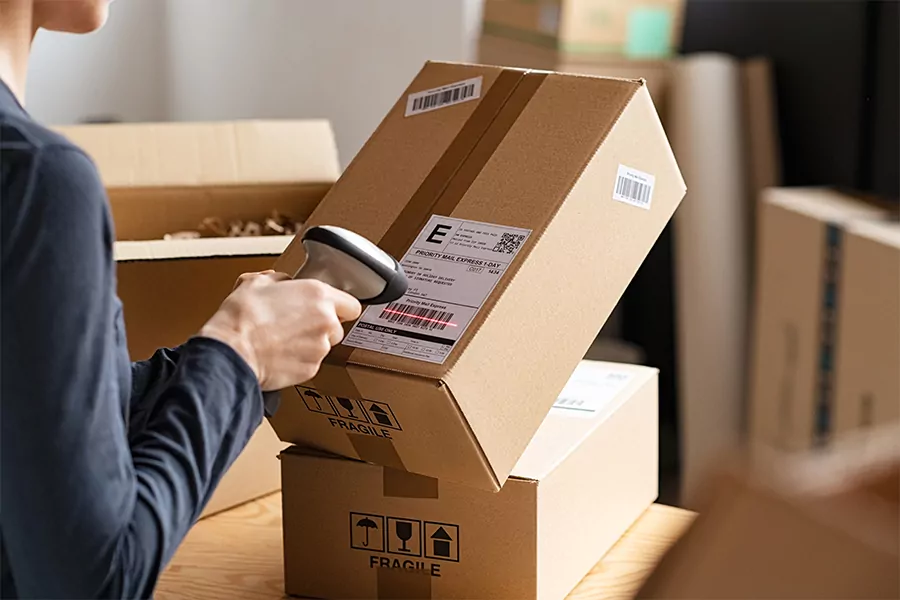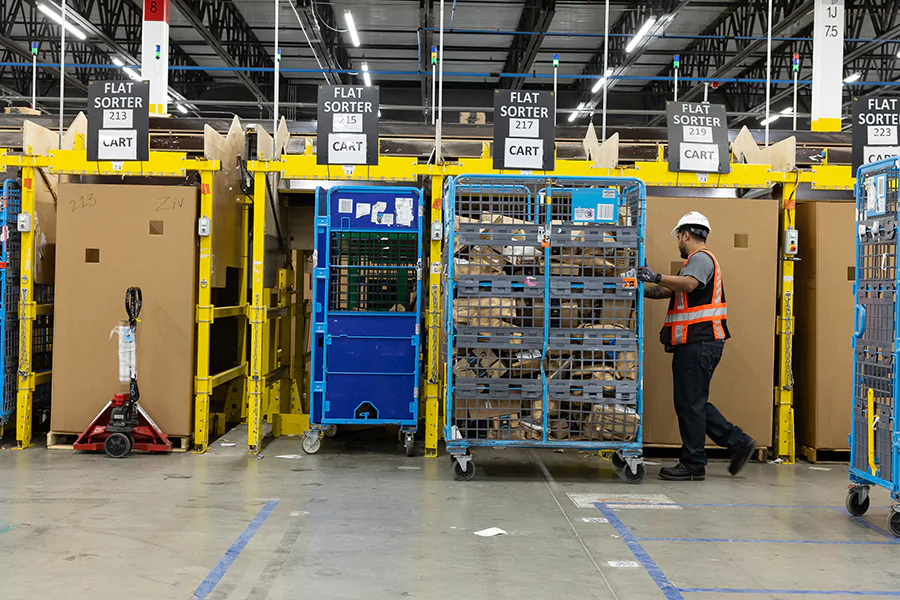Categories
Latest Posts
Tags
Advertising Amazon Amazon Advertising Amazon Experts Amazon Listing Optimization Amazon Marketplace Amazon News Amazon Prime Amazon Professional Sellers Summit Amazon Seller amazon sellers Amazon Seller Tips Amazon Seller Tools ASIN Brand Management Brands Buy Box Campaign Manager Conference COVID-19 downloadable Dynamic Pricing Ecommerce FBA FBM Holiday Season industry news Multi-Channel Fulfillment Optimize pay-per-click Pricing Algorithm Pricing Software Private Label Profits Repricing Repricing Software Revenue Sales Seller Seller-Fulfilled Prime Seller Performance Metrics SEO SKU Sponsored Products Ads Strategy
Get the latest insights right in your inbox

Managing Returns
For a seller to manage the return of an item, the buyer needs to request it within 30 days of delivery. All return requests made by a buyer are sent automatically to the seller, including the reason for the return. Within the email, Amazon informs sellers whether the reason for return complies with the Amazon return policy. However, a seller is entitled to make the final decisions regarding all returns based on their own stated return policies. Any buyer-cancelled return requests will also be emailed to the seller.
Seller Response Options for Returns
When a seller receives a returns request, there are a few options available. One of the below actions should be taken through the Manage Returns section of a Seller Account:
- Accept and authorize the return. If a seller decides to authorize a returns request, an RMA or Return Merchandise Authorization number is required to complete the transaction. sellers can generate a number on their own or use the Amazon-generated RMA number. This is an important piece of information that will be printed on the return merchandise label that is sent to the buyer along with the seller’s return mailing address.
- Close request. Alternatively, the seller can choose to decline the returns request if there is sufficient reason. If this option is chosen, the seller will be prompted to select the reason for the closure and asked to leave an explanatory note for the buyer. The reason stated for closing the request will be automatically sent to the buyer by Amazon.
- Issue refund. A full or partial refund may be issued for returned items (see “Refunds Issued for Returns” section below).
- Contact buyer. If the seller would like to be in touch with the buyer directly to attempt a compromise or a resolution of issues, this option is available.
To automatically authorize returns, see the Automatic Authorization of Return Requests page.
Refunds Issued for Returns
If the seller opts to agree to the return, he can do one of the following in regards to issuing a refund:
- The seller can choose to wait until orders are received back before issuing a refund.
- The seller can choose not to issue only a partial refund for damaged goods.
- The seller can choose to issue a refund of the item cost only and not the entire shipping costs. This is applicable only if the seller has described the product correctly within the product listing.
See Refunding Orders for more details about refunds and how to issue a refund.

Simplify Order Management and Boost Sales—Discover How Feedvisor’s Optimization Technology Can Drive Demand for Your Brand
Seller Restocking Fees
The seller can charge the buyer a restocking fee for any of the following reasons:
- Buyer changes his mind (also known as buyer’s remorse).
- Buyer found the item on a different site.
- Items are returned damaged, impaired, or considerably different in detail from the items that were sent.
- Other possible reasons that are not clearly stated within the Amazon Product Return Policies.
A reasonable restocking fee is 20%-50% of the product price. The actual amount will depend on the condition in which the returned goods were received and the type of goods being returned.
Returns Processing Fee
Amazon charges the seller a Returns Processing Fee (RFP) on all items sold on Amazon.com and returned from the following categories in such cases when Amazon does not assume responsibility for damages or loss:
- Apparel (sports apparel falls into this category)
- Watches
- Jewelry
- Shoes, handbags & sunglasses
- Luggage
The RPF is calculated by adding the Order Handling fee, the Pick & Pack fee and the Weight Handling charge.

Return Policies
All return policies should be clearly stated under the seller’s Returns section in order to avoid any misunderstandings or future A-to-Z Guarantee Claims. Note that Amazon requires the seller to use return policies that equal or surpass Amazon’s own policies in fairness to the Buyer.
Returns on Fulfillment by Amazon Orders
Amazon will process and handles all Fulfillment by Amazon (FBA) returns. If the item is returned in sellable condition, the buyer will be refunded and the seller will be charged the equivalent amount. The seller will also be refunded some or all of the referral fee and the variable closing fee. When the goods returned are not sellable and Amazon takes responsibility for unfit status, the seller will be credited a replacement value subject to the terms within the FBA Lost and Damaged Inventory Reimbursement Policy. Some or all of the referral Fee and the variable closing fee will also be returned to the seller’s account. Finally, unsellable items that are not Amazon’s responsibility will warrant the same as sellable items (see above).
Undeliverable Returns
If an order is returned to the seller as undeliverable, the seller should issue a refund to the buyer and state that this is the reason for the refund being issued. The seller may deduct shipping costs before refunding the buyer. Note: Sellers should always double check their shipping information prior to shipping and when an order is returned as undeliverable.


